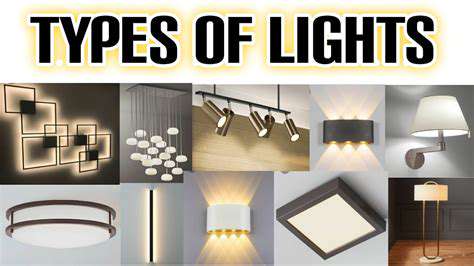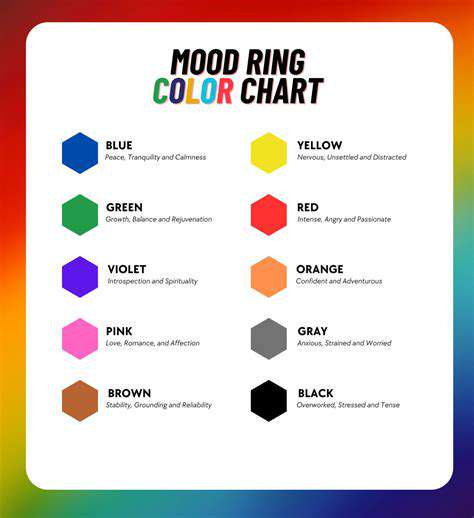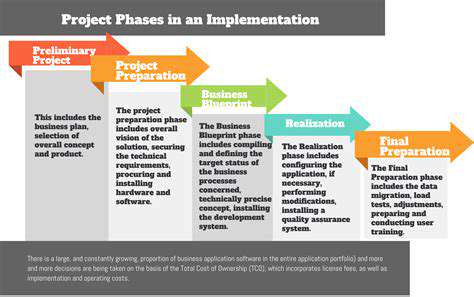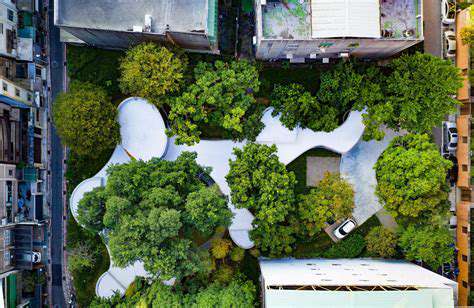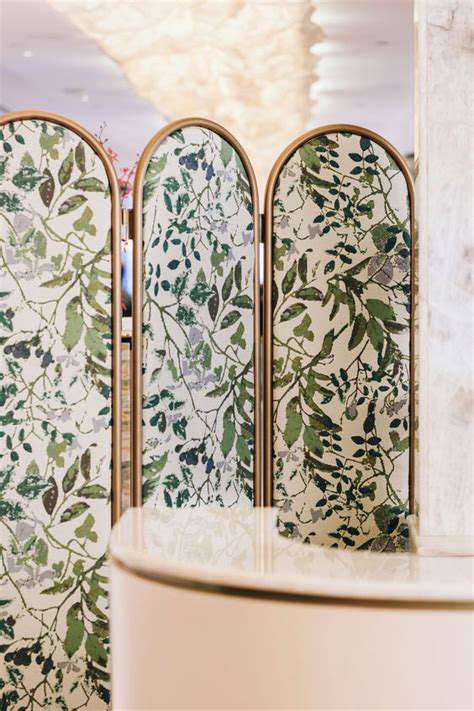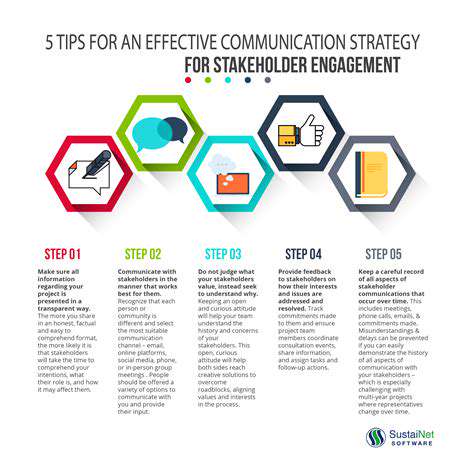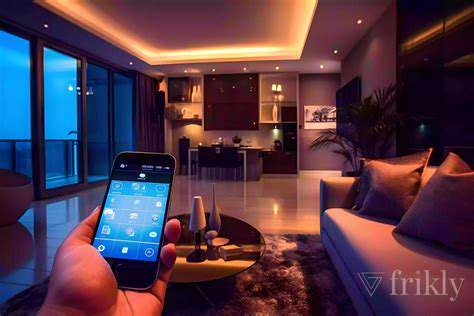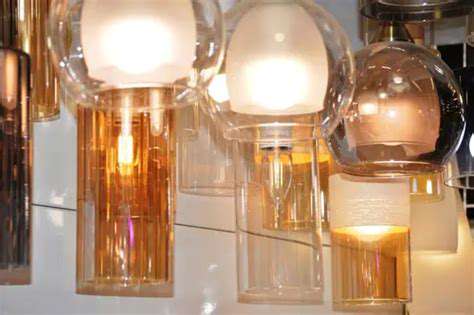How to Enhance Lighting and Decor in Full Package Home Renovations
Identifying Key Decor and Lighting Areas for Improvement
After assessing your lighting and decor, zero in on areas ripe for enhancement. Focus on high-traffic rooms or spots where the design falls short. For example, a dim, cramped living room might benefit from strategically placed lamps and mirrors to amplify light and create the illusion of space. Examine how furniture arrangement affects lighting—dark corners or shadows might be alleviated by repositioning furniture or adding targeted lighting.
Balance is key. Assess whether your furniture and decor scale appropriately with the room size. An overwhelming or sparse arrangement disrupts harmony. Similarly, evaluate your color scheme and textures for clashing elements that could be softened with subtle adjustments. Light-colored walls reflect more light, while dark hues absorb it, influencing the room's overall brightness.
Scrutinize your lighting fixtures. Are they outdated, inefficient, or stylistically mismatched? Outdated fixtures can mar your design and inflate energy costs. Identifying these issues early guides you toward fixtures that marry style and function. Tailor lighting to room activities: task lighting for studies, ambient and accent lighting for dining areas.
Accessories matter. Thoughtfully chosen decorative items—artwork, plants, or textiles—can inject personality and elevate your design. Assess their current presence and explore opportunities to enhance your space.
Transforming Decor with Stylish and Functional Pieces
Modern Lighting for a Contemporary Vibe
Integrating modern lighting fixtures can revolutionize a space. Sleek, minimalist designs, often featuring LED technology, blend style with energy efficiency. Geometric pendant lights or linear wall sconces can highlight architectural details and serve as focal points, amplifying modernity and sophistication.
Lighting sets the mood. Warm, ambient lighting fosters coziness, while bright task lighting boosts functionality. Thoughtful placement ensures an inviting, well-lit environment.
Strategic Placement for Maximum Impact
Lighting placement is an art. Balance focused task lighting (for reading or working) with ambient illumination. Mix recessed, track, and table lamps to create depth and visual intrigue.
Layering light—ambient, task, and accent—adds dimension and highlights architectural features, enriching the room's aesthetic.
The Power of Accent Lighting
Accent lighting isn't just functional; it's transformative. Use spotlights to showcase artwork, architectural details, or decorative objects, crafting a dynamic, engaging atmosphere.
Textile Touches for a Warm and Inviting Feel
Textiles like rugs and throws infuse warmth and personality. Opt for velvet, wool, or linen to add texture and coziness. Ensure their colors and patterns complement your lighting and design.
Mirrors: Expanding the Light and Space
Mirrors are dual-purpose: decorative and functional. Strategically placed, they reflect light, brightening rooms and creating the illusion of space, especially in smaller areas.
Functional Furniture for Enhanced Use
Furniture with integrated storage—ottomans with hidden compartments, coffee tables with drawers—maximizes space and organization, marrying practicality with aesthetics.
Incorporating Natural Light for Maximum Benefit
Harness natural light with sheer curtains or blinds. Position furniture to optimize sunlight, brightening the space and enhancing its ambiance.
Crafting a Seamless Flow with Color Palettes and Textures

Color Psychology in Design
Understanding color psychology is pivotal for resonant design. Colors evoke emotions—red signals urgency, blue conveys calm. A nuanced grasp of color psychology crafts cohesive, impactful visuals that captivate users.
Choosing the Right Color Palette
A harmonious palette reinforces your design's message. Unified colors foster flow; contrasts add intrigue and highlight key elements.
Creating Visual Hierarchy
Guide the eye with strategic color, size, and placement. Varying shades establish hierarchy, ensuring clarity and intuitive navigation.
Ensuring Accessibility
Color contrast is non-negotiable for accessibility. High contrast between text and background aids visually impaired users. Leverage tools to validate and enhance contrast.
Considering Cultural Nuances
Color meanings vary culturally. A hue that delights in one culture may offend in another. Mindful selection prevents misinterpretations and broadens appeal.
Maintaining Consistency Across Platforms
Consistent color use builds brand recognition and trust. A style guide ensures uniformity across platforms, reinforcing identity.
Adapting to Different Media
Tailor colors to the medium. Print and digital demand different approaches. Context-aware choices maximize visual impact.
Prioritizing Sustainability and Budget-Conscious Choices
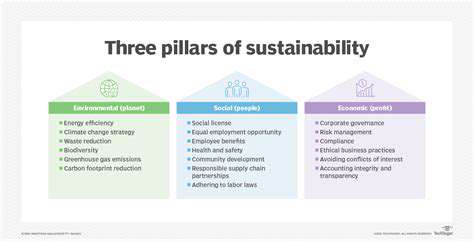
Prioritizing Environmental Responsibility
Sustainability is imperative, not optional. Eco-conscious consumers demand responsible practices—from sourcing to disposal. Sustainable operations yield long-term cost savings, freeing resources for innovation.
Enhancing Corporate Social Responsibility
Sustainability extends to social ethics—fair labor, ethical sourcing, community engagement. Transparency builds trust and bolsters reputation.
Driving Innovation and Technological Advancement
Sustainability fuels innovation. Green solutions birth new materials and processes, securing competitive edges and reducing environmental footprints.
Building a Resilient and Profitable Future
Sustainability attracts talent and consumers. It’s a cornerstone of long-term success, aligning profit with planetary health.
